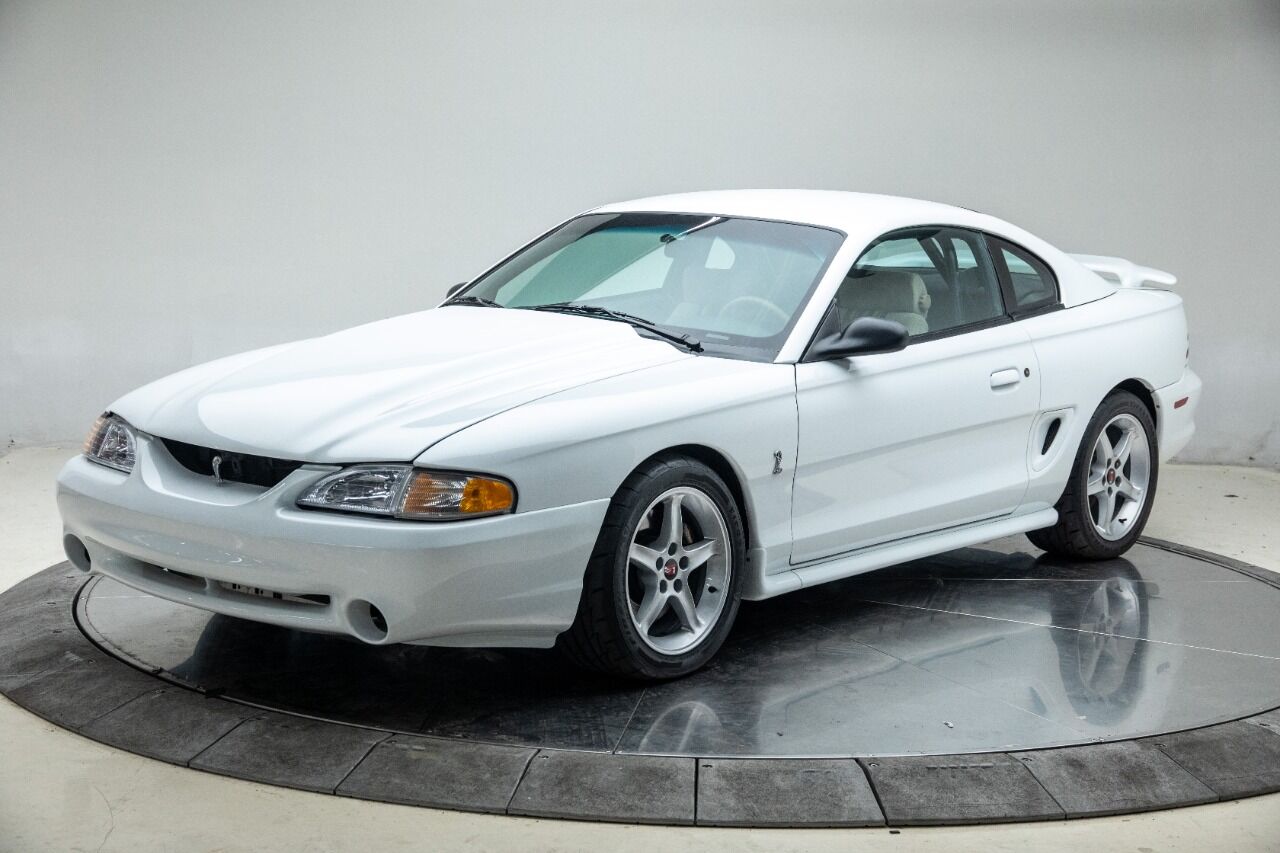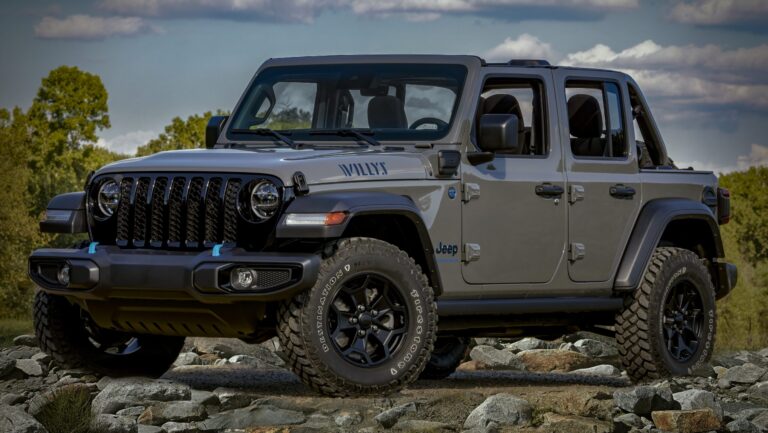1995 Jeep XJ For Sale: Your Guide to Owning an American Icon
1995 Jeep XJ For Sale: Your Guide to Owning an American Icon jeeps.truckstrend.com
The automotive landscape is constantly evolving, yet some vehicles transcend fleeting trends to become true legends. Among them, the Jeep Cherokee XJ holds a special, almost mythical, status. And within the XJ’s illustrious 17-year production run, the 1995 model year stands out as a particular sweet spot for enthusiasts and newcomers alike. If you’re considering a "1995 Jeep XJ for sale," you’re not just looking for a used SUV; you’re looking to acquire a piece of American automotive history, a remarkably capable off-roader, and a platform for endless adventure. This comprehensive guide will delve into everything you need to know about finding, evaluating, and ultimately owning a 1995 Jeep Cherokee XJ.
The Enduring Appeal of the 1995 Jeep XJ Cherokee
1995 Jeep XJ For Sale: Your Guide to Owning an American Icon
Introduced in 1984, the Jeep Cherokee XJ pioneered the compact SUV segment. Its revolutionary unibody construction offered a lighter, more agile vehicle than traditional body-on-frame SUVs, without sacrificing the legendary Jeep off-road prowess. By 1995, the XJ had matured into a refined yet rugged machine. This specific year is often favored because it retains the robust, pre-OBD-II electrical simplicity (though some late ’95 models might have early OBD-II), combined with many of the interior and exterior refinements introduced in the mid-90s. It’s a perfect blend of old-school durability and modern drivability, making it highly sought after by those who appreciate its no-nonsense design and formidable capabilities.
Key Specifications and Trim Levels
The heart of most 1995 Jeep XJs is the venerable 4.0-liter AMC inline-six engine. Renowned for its bulletproof reliability and impressive torque, this engine is often cited as one of the best ever produced by Chrysler/Jeep. It delivers a stout 190 horsepower and 225 lb-ft of torque, providing ample power for both highway cruising and tackling challenging trails.
Engine Options:
- 4.0L High Output (HO) Inline-Six: The most common and desirable engine.
- 2.5L Inline-Four: Less common, less powerful, but offers slightly better fuel economy.

Transmission Options:
- AW4 Automatic: A highly reliable and durable 4-speed automatic transmission.
- AX-15 Manual: A rugged 5-speed manual transmission, favored by some for off-road control and engagement.

Transfer Cases:
- New Process 231 (NP231) Command-Trac: Part-time 4WD system (2WD, 4-High Part-Time, N, 4-Low). Ideal for serious off-roading.
- New Process 242 (NP242) Selec-Trac: Full-time 4WD system (2WD, 4-High Full-Time, 4-High Part-Time, N, 4-Low). Offers the convenience of full-time 4WD for varied road conditions.

Axles:
- Front: Dana 30 (high-pinion, highly durable).
- Rear: Dana 35 (most common, adequate for stock power), Chrysler 8.25 (stronger, found in some models without ABS), or rarely, a Dana 44 (most desirable, found in some earlier models or specific packages).
Trim Levels for 1995:
- SE: Basic workhorse model, often with manual windows and minimal features.
- Sport: More features than SE, often includes power windows, locks, and a sportier interior.
- Country: Upscale trim with more comfort features, often two-tone paint.
- Classic: A mid-range trim with a balanced set of features.
- Limited: Top-tier luxury trim with leather seats, power options, and premium sound.
Benefits of Owning a 1995 Jeep XJ
The appeal of the 1995 XJ extends far beyond its specifications. Here’s why it continues to be a fantastic choice:
- Legendary Durability: The 4.0L engine is famous for reaching 200,000, 300,000, or even 400,000 miles with proper maintenance. The unibody construction, while prone to rust in some areas, is remarkably strong.
- Unmatched Off-Road Capability: Its compact size, short wheelbase, solid axles, and excellent approach/departure angles make it incredibly agile and capable on trails, easily outperforming many larger, more modern SUVs.
- Vast Aftermarket Support: The XJ has one of the largest aftermarket parts communities in the automotive world. From lift kits and heavy-duty bumpers to interior upgrades and engine performance parts, you can find anything you need to customize or repair your XJ, often at reasonable prices.
- Simplicity and Ease of Maintenance: The 1995 XJ is relatively simple mechanically and electrically. Most common repairs can be performed by a competent DIY mechanic with basic tools, saving significant labor costs.
- Affordability: The initial purchase price for a 1995 XJ is generally low, making it an accessible entry point into the world of off-roading or classic vehicle ownership.
- Classic Status and Investment Potential: Clean, unmolested XJs, particularly the desirable 1995 model year, are starting to appreciate in value. It’s a vehicle that holds its own and can even be seen as a smart, fun investment.
Important Considerations Before Buying: What to Look For
While the 1995 XJ is robust, it’s still a nearly 30-year-old vehicle. A thorough inspection is crucial.
- Rust: This is the XJ’s Achilles’ heel. Check thoroughly:
- Rocker Panels: Just below the doors.
- Floorboards: Especially under the carpet.
- Rear Quarter Panels: Around the wheel wells and behind the rear tires.
- Unibody Frame Rails: Underneath the vehicle, pay close attention to where suspension components attach.
- Hatch Area: Around the rear window and below it.
- Engine (4.0L):
- Oil Leaks: Common from the rear main seal (often drips from the transmission bellhousing), valve cover, or oil filter adapter. Minor leaks are common but check for excessive pooling.
- Cooling System: Ensure the radiator isn’t clogged or leaking. Check the water pump for leaks and the fan clutch for proper engagement. Overheating is a common XJ issue if neglected.
- Noise: Listen for lifter ticking (common but usually not critical unless excessive), knocking, or other unusual sounds.
- Transmission:
- AW4 Automatic: Check fluid level and color (should be red, not dark or burnt). Listen for smooth shifts, no harsh clunks or slips.
- AX-15 Manual: Check clutch engagement, listen for grinding during shifts, especially into reverse.
- Transfer Case: Test engagement of all 2WD/4WD modes. Listen for grinding, clunking, or whining. Check for leaks.
- Axles/Driveline: Check for U-joint play, differential fluid leaks, or whining noises during the test drive.
- Suspension and Steering:
- Bushings: Inspect control arm bushings, sway bar bushings.
- Ball Joints and Tie Rods: Check for play.
- Track Bar: A worn track bar can contribute to "death wobble."
- Shocks: Look for leaks.
- Electrical: Test all lights, gauges, power windows, door locks, and HVAC fan speeds.
- Interior: Headliner sag is common. Check seat condition, dashboard cracks, and overall cleanliness.
The Buying Process: A Step-by-Step Guide
- Define Your Needs & Budget: Decide if you want a daily driver, an off-road toy, or a project. Set a realistic budget that includes the purchase price, insurance, and potential immediate repairs or upgrades.
- Research & Find Candidates: Utilize online marketplaces (Facebook Marketplace, Craigslist, Bring a Trailer for higher-end examples), dedicated Jeep forums (CherokeeForum.com, NAXJA.org), and local classifieds.
- Initial Contact & Questions: Don’t be afraid to ask detailed questions about the vehicle’s history, maintenance, known issues, rust, and any modifications. Request photos of specific areas if needed.
- Thorough Inspection (Pre-Purchase Inspection):
- If possible, inspect the vehicle in person. Bring a flashlight, a magnet (to detect body filler over rust), and a checklist.
- Consider hiring a trusted mechanic specializing in 4x4s or older vehicles for a pre-purchase inspection (PPI), especially if you’re not mechanically inclined.
- Test Drive:
- Drive on various surfaces: city streets, highway, and if possible, some uneven terrain.
- Listen for unusual noises (clunks, squeaks, hums, whines).
- Test brakes, steering (check for excessive play), and acceleration.
- Engage all 4WD modes (on a loose surface if part-time 4WD).
- Negotiation: Be prepared to negotiate based on your findings. Don’t be afraid to walk away if the price isn’t right or if the vehicle has too many issues.
- Paperwork: Ensure the title is clear and matches the VIN. Complete all necessary transfer paperwork according to your state’s regulations.
Common Challenges and Solutions
- Rust: The biggest challenge. Solutions range from patching small areas to replacing entire floor pans and rocker panels. Frame stiffeners can also prevent further unibody flex and cracking.
- Cooling Issues: The 4.0L can run hot. Solutions include upgrading to a larger aluminum radiator, heavy-duty fan clutch, new water pump, and ensuring the electric fan works correctly.
- Driveline Vibrations: Often occurs after lifting. A Slip Yoke Eliminator (SYE) kit and a CV-style driveshaft are common solutions for lifted XJs. Correct pinion angle is critical.
- "Death Wobble": A violent, uncontrolled shaking of the front end, usually triggered by a bump. It’s caused by worn or loose steering and suspension components (track bar, tie rods, ball joints, control arm bushings). Proper diagnosis and replacement of worn parts are key.
- Interior Wear: Sagging headliners, cracked dashboards, and worn seats are common. Aftermarket headliner kits, dash covers, and seat covers/replacements are readily available.
Practical Advice and Actionable Insights
- Patience is Key: Don’t jump on the first XJ you see. Take your time to find a well-maintained example.
- Stock is Often Best (Initially): A largely stock XJ usually indicates less abuse and a more predictable maintenance history. You can always modify it to your liking later.
- Factor in Repair/Upgrade Costs: Even a "good" XJ will likely need some attention. Set aside a budget for immediate maintenance and any desired upgrades.
- Join the Community: The Jeep XJ community is incredibly helpful. Forums and Facebook groups are invaluable resources for advice, troubleshooting, and finding parts.
- Embrace DIY: Owning an XJ is a fantastic way to learn basic mechanics. Many repairs are straightforward, and the community offers countless how-to guides.
1995 Jeep XJ For Sale: Estimated Price Guide
Prices for a 1995 Jeep XJ can vary dramatically based on condition, mileage, location, and modifications. This table provides a general guide:
| Condition Category | Description | Estimated Price Range (USD) | Key Factors Influencing Price





